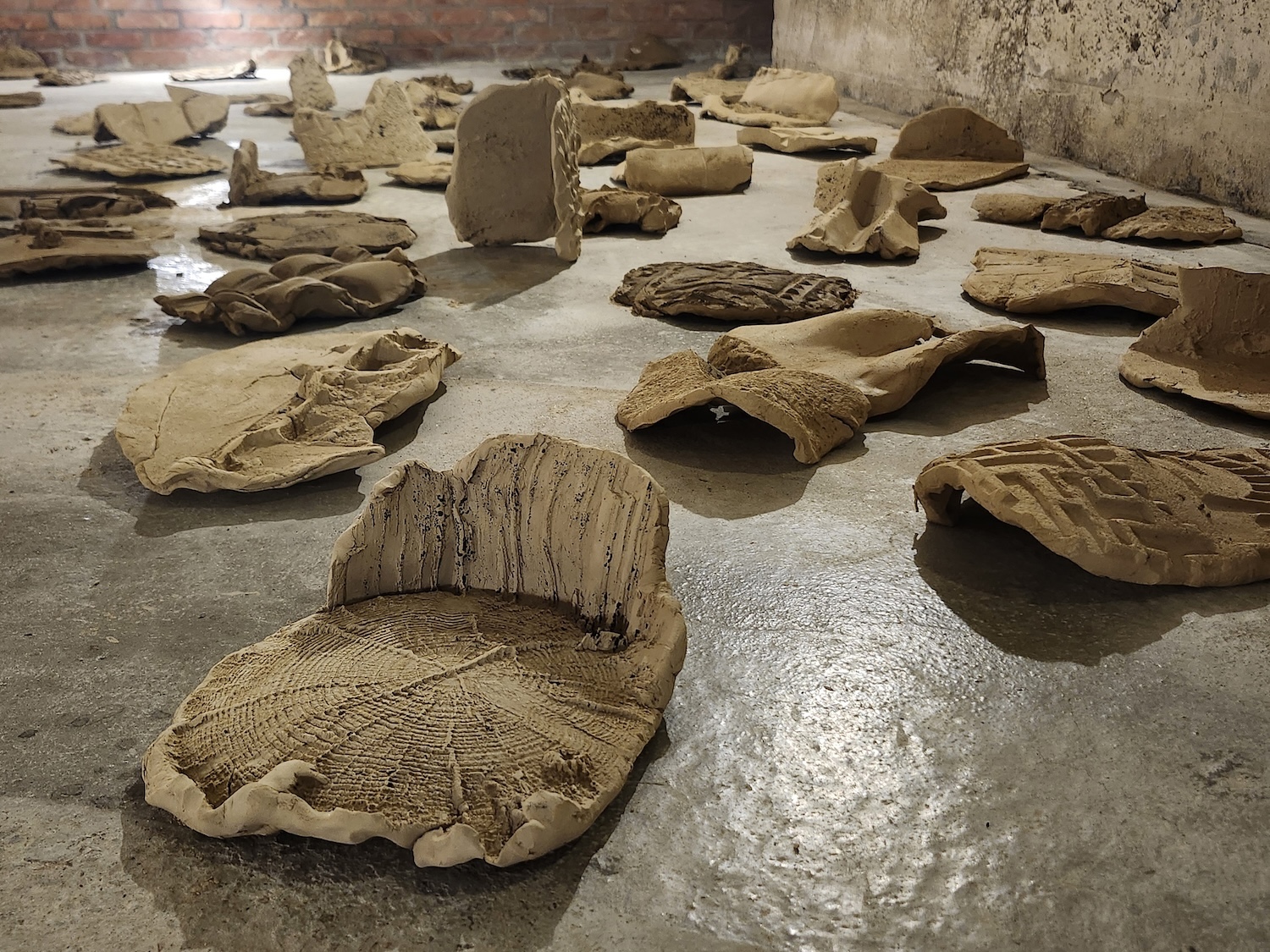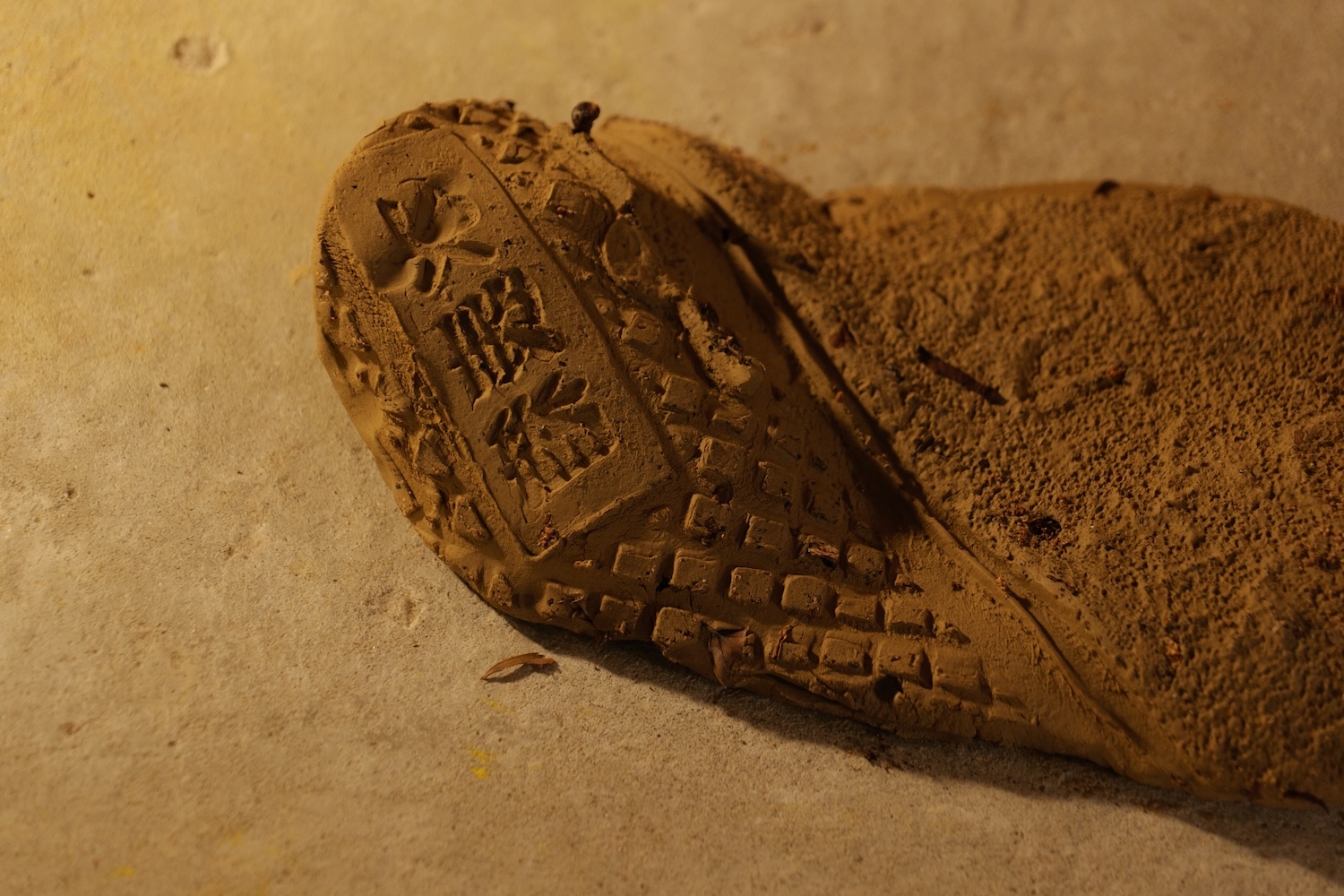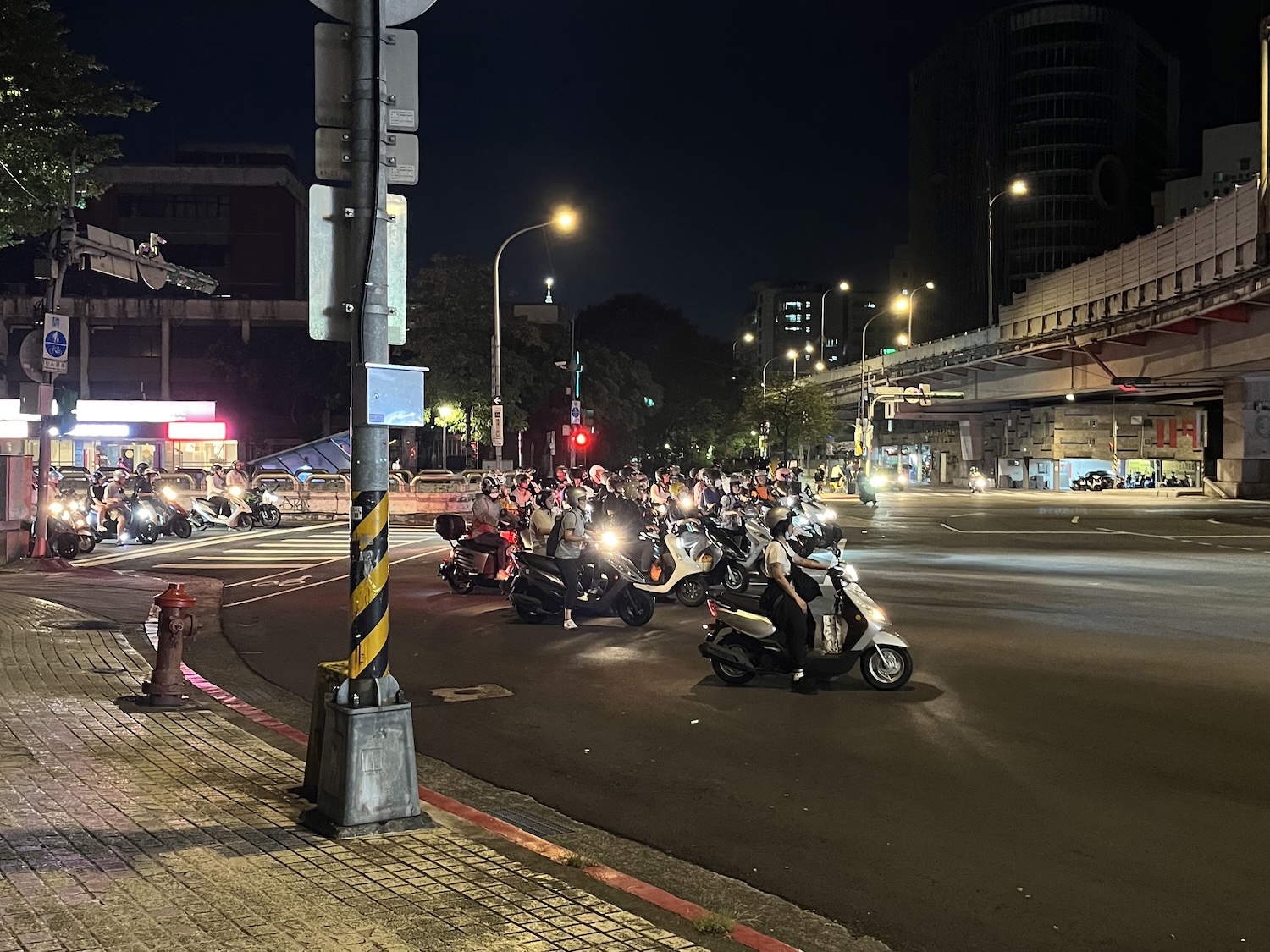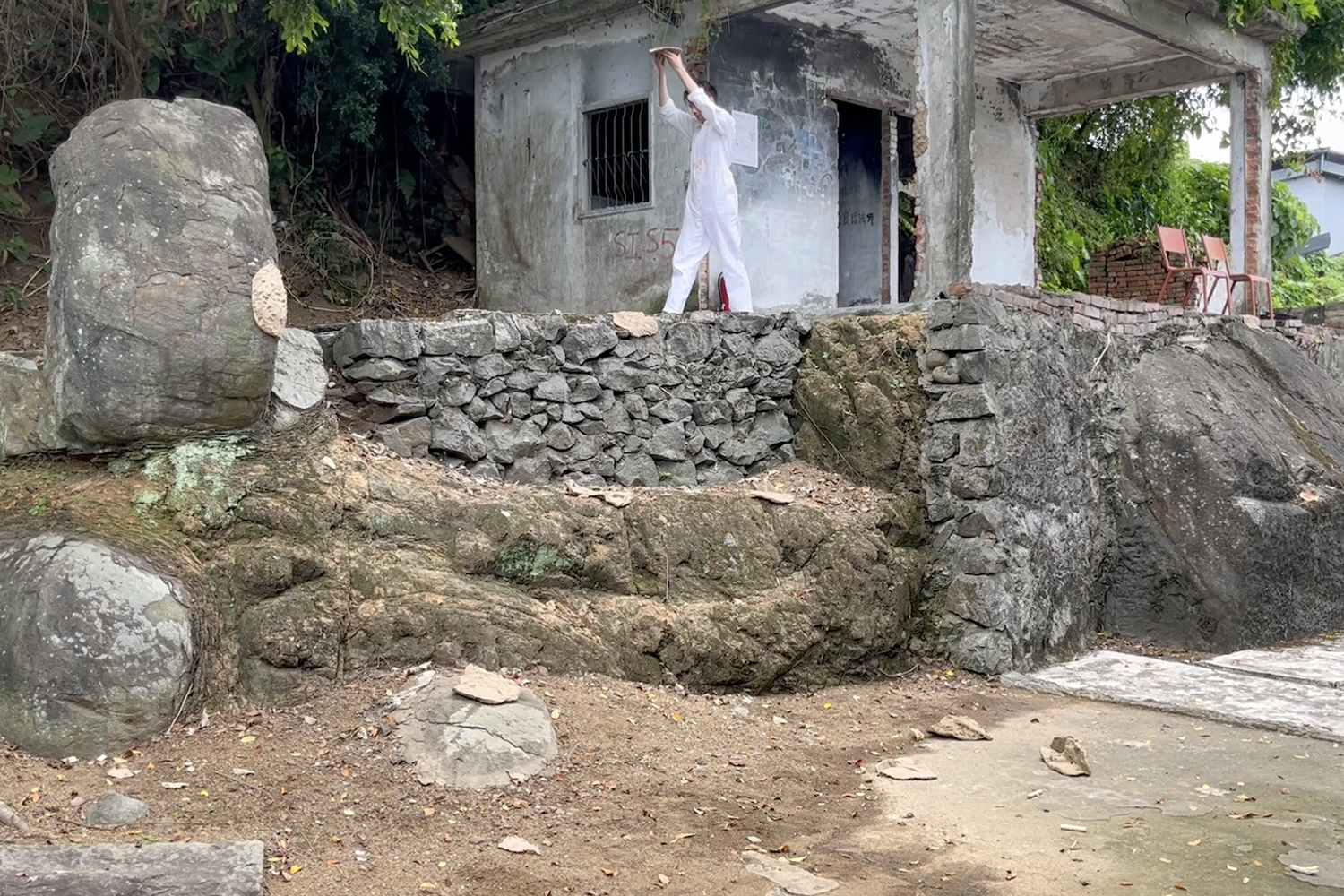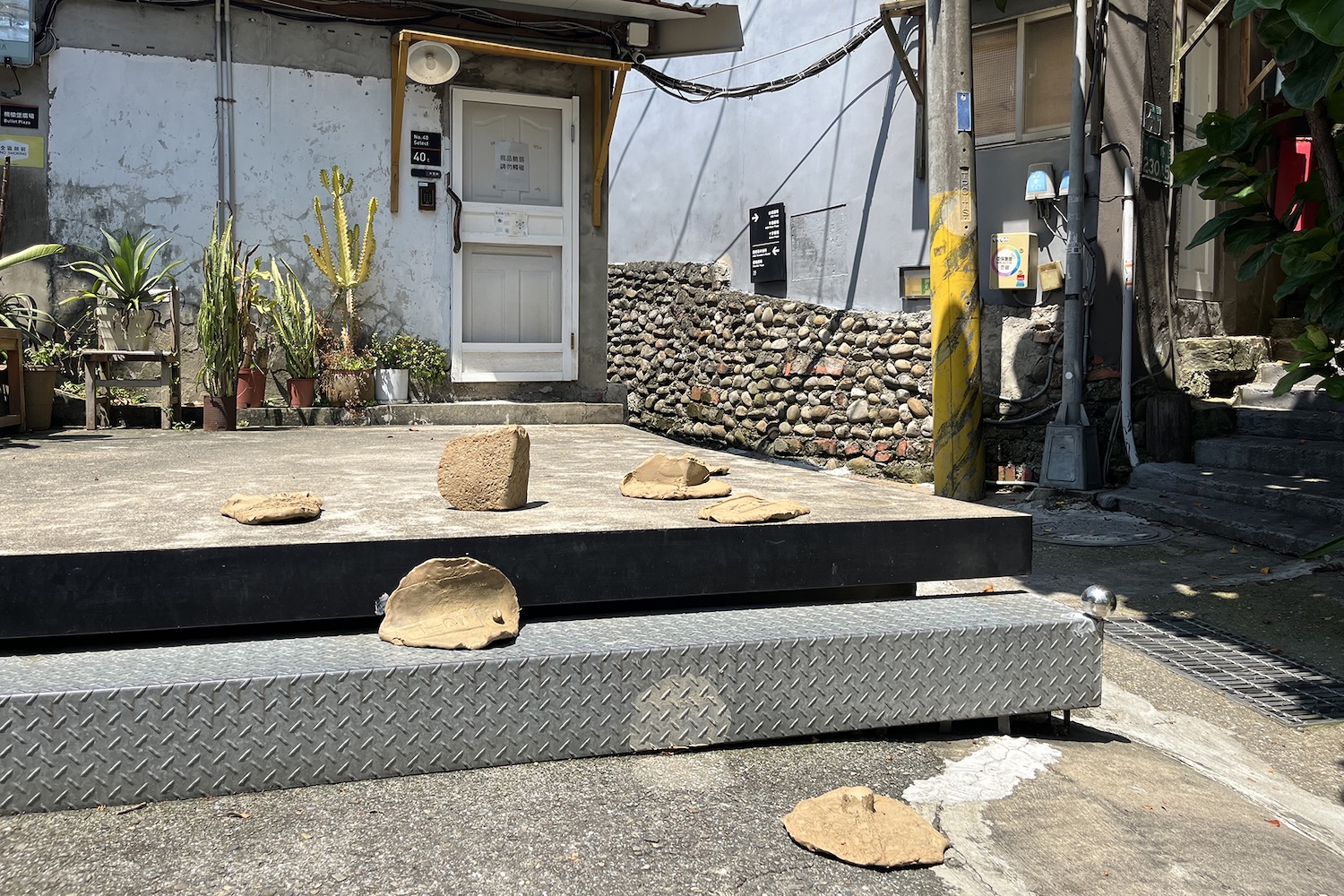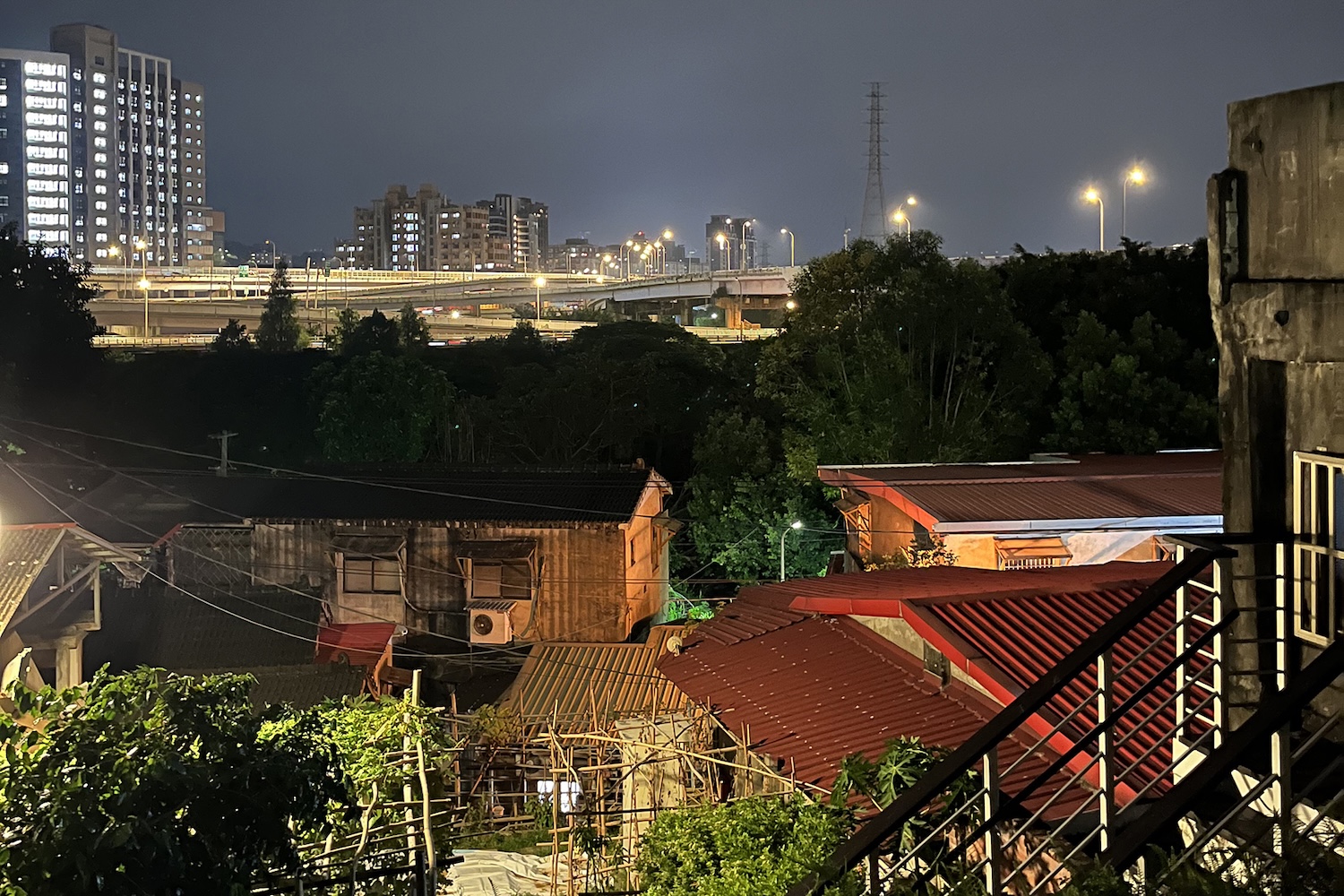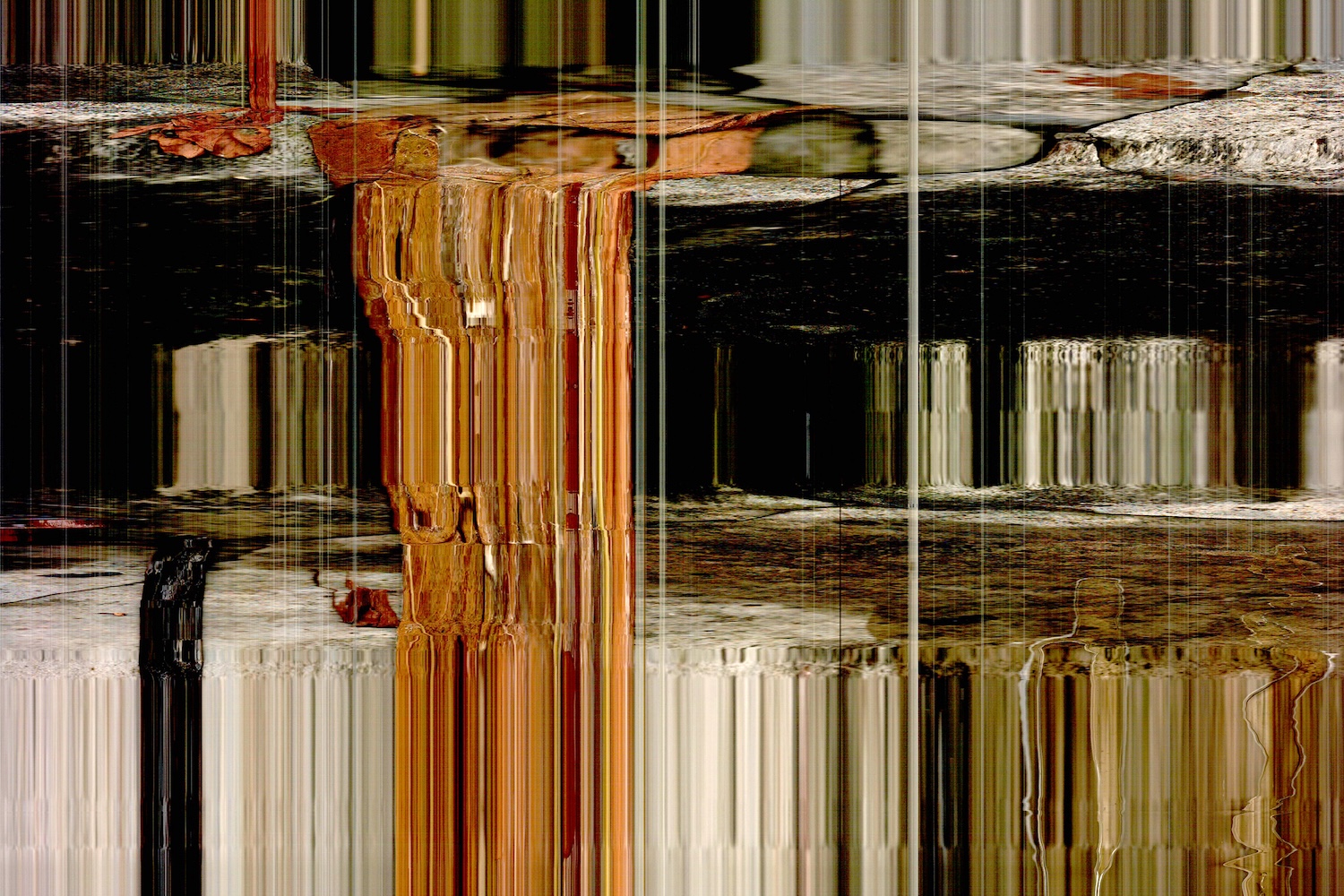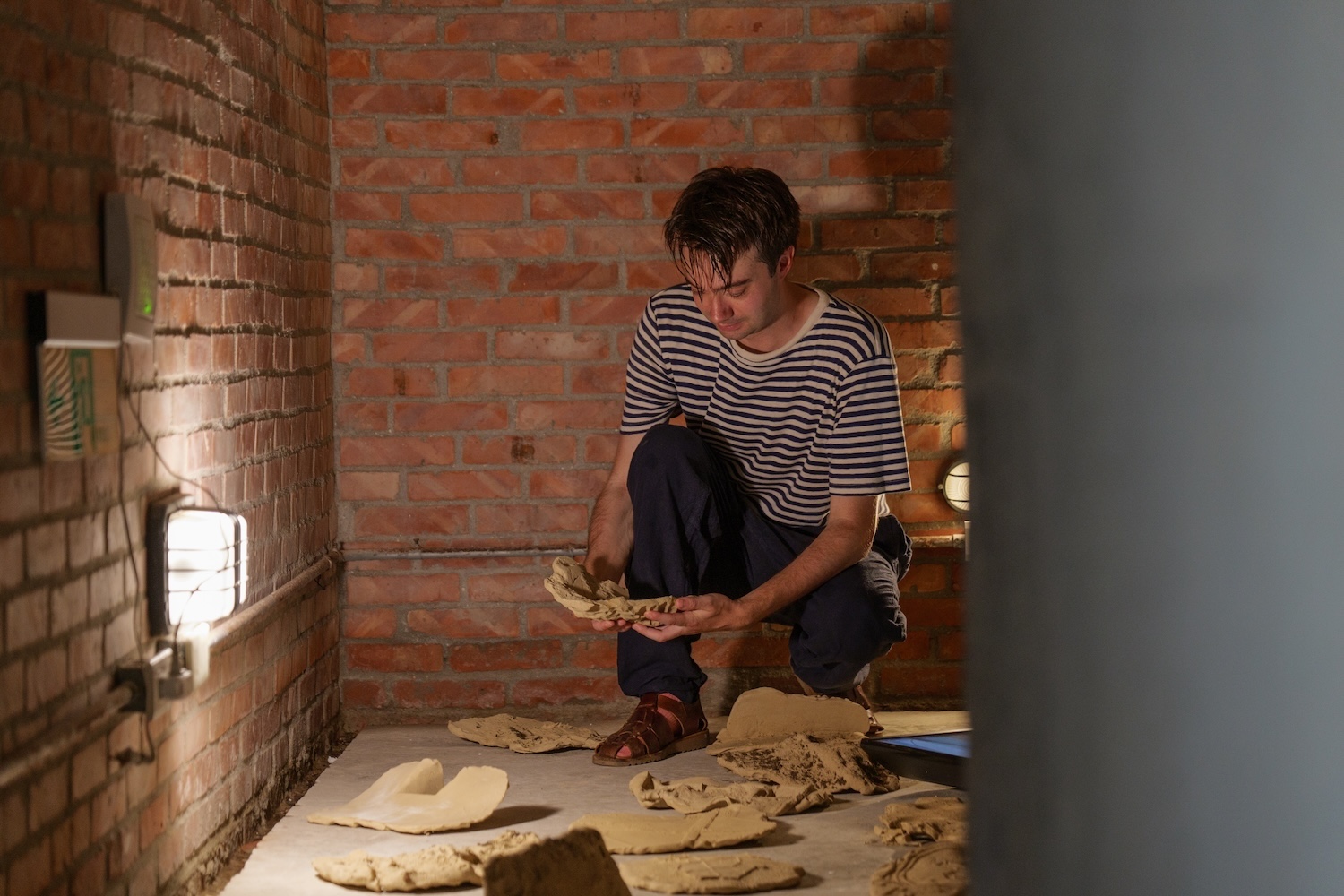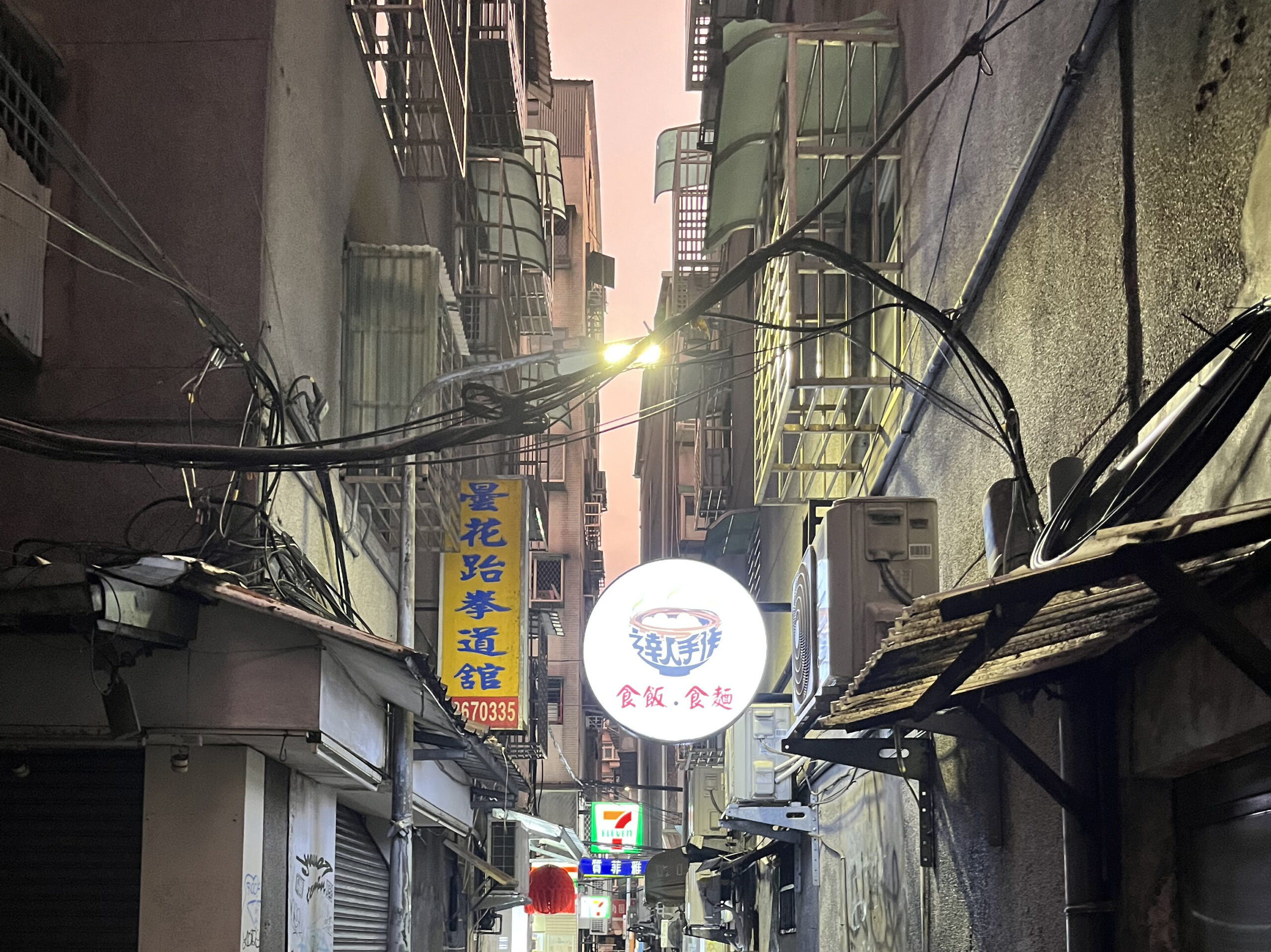We sat down with James Thompson to hear his reflections two months on from his residency at the Treasure Hill Artist Village (THAV), where he spent six weeks making new work, exploring his methodologies and practice and connecting to new communities.
James Thompson is an artist whose work sits at the intersection of sculpture, performance, and design. With a background in object and spatial design, his practice is deeply rooted in understanding space and relationships to space. For James, it isn’t about making objects; it’s about creating experiences connecting people and environments, inviting participants and audiences to engage with the world around them in new ways. His projects are site-specific, often responding to the unique textures, stories, and communities he encounters.
THAV, a former military outpost, became a specialised space for artist development through residencies since 2010. Its storied history provides an ideal place for James’ practice: rich multifaceted histories, diverse uses of the space and unique architectures. For James, this gave the space to connect with other artists and local communities that use the artist village as a leisure spot. Through participatory workshops, people could interpret the village in their way and create architectural mementos of the space through clay.
Previous work, collected as A few fragments of something lost (2024), built in Leeds, reflected on the loss of The Tetley as an art space within the city through a process of performative solo and collective recording. This practice, using oil pastel rubbings on paper, clay press moulding and cast Jesmonite to take physical recordings of the architecture and the space; a deconstructed scanner to create digital moving imagery; audio contact microphones and film to document the surrounding construction site and impact on the experience of the building. This process is not an act of spatial survey, but instead, bolstered through performance, an artist-led interpretation of space and cultural memory.
Clay was central to James’ process at THAV, and was used throughout the process to create textural imprints of the village and the spaces within it. The material acts as a near perfect synonym for space – it contains memory, yet is malleable and environmental. The clay works he developed through the residency were never fired and left in a semi-finished state, ensuring that they retain the ability to form new memories. This clay was then passed on to local artists for reuse, whilst a few of the moulds made it back to the UK. In the exhibition space these pieces would often be trodden on, creating new imprints and ensuring that the material continued to respond to the environment, even if by accident.
Residencies put the artist into a new space – through the residency space itself, the networks of people there and the environment around it. Regardless of whether the residency aims to lock yourself away and complete long-standing work, or whether approached as an exploration of a new place, the environment you’re in always affects the outcomes. Taipei is no exception to this: culturally different to the UK in many ways, there is a blurring between public and private space. Cafe fronts and houses spill onto street fronts collectively, and this communal use of space is an important factor of life in the city. With the thrust of James’ practice (and by extension PhD) focusing on memories created through the use of space, this offered alternative thinking for ways of using space and how the methodologies he’s developing can be attributed to new environments.
At Treasure Hill, James adapted to a more flexible studio setup – working in communal areas as part of recording performances and then using The Shelter (an underground exhibition space on-site) to collect and curate an ever-expanding set of clay moulds taken from architectural details in the area. Like a magpie, this nest allowed him to think through what he was making through the month, and what to look for to create the final mixture of floor and monitor-based works on show.
For James, having previously participated in two residencies in Scotland, working in Taipei has instilled a desire to undertake further residencies and develop new approaches in response to more culturally different spaces. The residency allowed James to reflect on his work in dialogue with artists from different places and disciplines, exploring new routines, testing new ideas and working experimentally in a supportive environment. Working on residency can feel like a durational performance, transporting and performing a version of your practice in a new place without the everyday pressures that often hem in the process of making art.
Through re-contextualization, residencies allow James’ work, often site-specific, to respond in new ways. Residencies are unique and are about experiences in life as much as in practice – they share new ways of seeing the world that move with you into the future.
Find James: jamesthompson.info | @j_ames__thompson/
You can also find out more about what James was up to at Platform Asia.
James’ Residency Soundtrack:
The residency is a partnership between East Street Arts, Artist-in-Residence Taipei and Platform Asia supported by Arts Council England and the Taipei City Department of Cultural Affairs.
